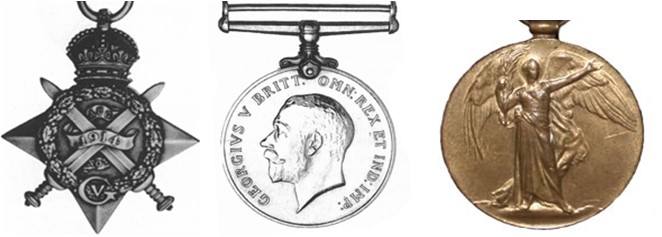(This presentation was given at the Society’s Annual Gathering)
by Ian Sewell
This article was published in the December 2013 edition of Soul Search, the Journal of The Sole Society
Although Ian had only planned to cover Army records there were questions about the records of the other services for which he was not prepared so he has added information here that was not given during the talk to make this a more detailed guide to the records available.
Ian has a particular interest in the Army and most of the Army records that the society holds have been transcribed by him. In his talk he gave a brief overview of the records available to research soldiers of the Great War. The records Ian described were mostly War Office records which are held at the National Archives at Kew, South London. These records are prefixed ‘WO’. Although records are free to access if you visit the Kew, you can pay to view many on-line.
The starting point in your research would depend on whether you were looking for a regular soldier or territorial, or a soldier who joined the Army after the start of the war. For regular soldiers or territorials the starting place would be the Joining Record Attestations, WO 97, which have survived in their entirety. Among the information these records provide would be the regiment the soldier was in and the Regimental Museum should be able to provide more information although the amount will depend on the regiment.
In general, for a soldier who enlisted after the start of the war, the earlier the he enlisted the more information available. The first records to look at are WO 372, the Medal Role Index. At the end of the war all soldiers who participated in WW1 were sent a card with the list of the medals they received and these records are on microfiche at Kew and are about 90% complete. All soldiers received the British Victory medal and The British War Medal. Any soldiers who ‘came under fire’ up to 20th November 1914 also received the 1914 Star. These would have been members of the BEF (the regular army) or territorials since soldiers who joined the army after the start of the war didn’t enter the theatre of war until 1915. The 1914/15 Star was for soldiers ‘coming under fire’ up to 30th December 1915.
Medals were still being awarded in 1919 as there was still some fighting in Russia and Turkey after the end of the war.

The attestation records for those who joined the Army after the start of the war are in WO 363, known as the ‘Burnt Records’, because many of the records were destroyed by bombing in WW2. WO 364, which is predominantly pension records, have been used to replace many of the records but they are still only 60% complete. The details they contain can vary from just a few lines to a detailed history of the soldier’s service. Like the medal roles these records cover all areas of conflict in the war including Salonika, Gallipoli and the Russian actions. Incidentally all German WW1 records were destroyed during the WW2.
Regimental numbers can be useful in identifying an ancestor, although numbers were sometimes changed if the soldier was moved to another regiment. For example one soldier Ian described had four different regimental numbers as he moved regiments. Prior to 1914 a soldier’s regimental number would have remained the same throughout his entire career in the Army.
Soldiers joining the Army from the start of the 20c often weren’t put into local regiments. For instance Ian’s great uncle who joined up in 1912 came from East London but was put into the Borders Regiment who normally recruited from Cumbria. The famous Pals regiments were a very small proportion of the total and were formed only prior to Somme where the large casualties in such regiments had a massive effect on the local communities back home and so the practice was discontinued. Later in the war recruits were sent to regiments as required with no notice taken of what the regiments was.
Sadly it is often easier to find information if the soldier died during the war. The Commonwealth War Graves Commission keeps records of deaths, including where buried, regiment, date of death, age and parents names. You can search this on-line at www.cwgc.org. The Commonwealth War Graves Commission also has information about civilians that were killed as a result of enemy action in both WW1 and WW2. Considerably fewer civilians were killed in WW1 than in WW2.
The RAF started in 1918 with few direct entries as most members transferred from the infantry. The records of over 99,000 members of the RAF are contained in AIR 76 and entries have more information than the Army records. The Royal Flying Corps was the air arm of the Army so the records are in the Army records.
Navy and Naval Air Service records have the prefix ADM (for Admiralty) and are also held at Kew. Naval records are in general better than those of the Army and it is possible to track the movement of an individual from ship to ship. Ship’s records give details of where the ship was throughout the war.
Reporter: Rosemary Bailey

